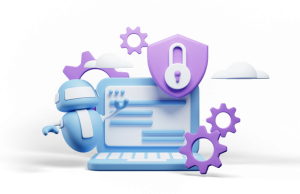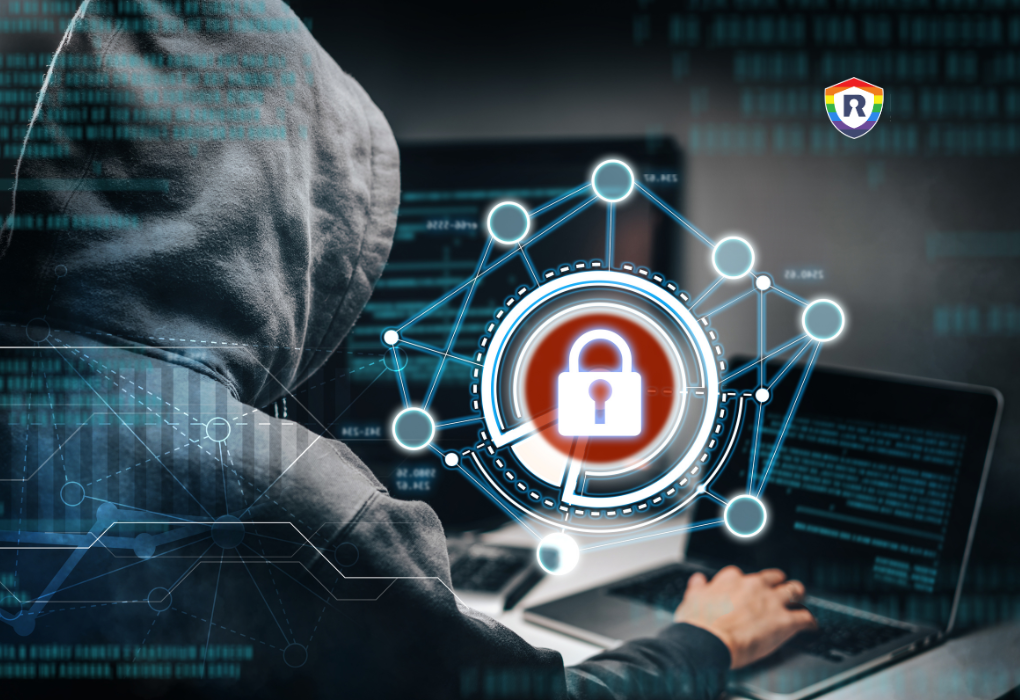Credential abuse, involving the unauthorized use of stolen or guessed login credentials, poses a significant threat to the pharmaceutical sector. This type of cyberattack can result in substantial financial losses, intellectual property theft, reputational damage, and regulatory penalties. As cybercriminals become increasingly sophisticated, the pharmaceutical industry must enhance its security measures to combat these threats. This article explores the impact of credential abuse on the pharmaceutical sector, highlights recent attacks, and discusses how Rainbow Secure helps protect against these threats.
The Impact of Credential Abuse on the Pharmaceutical Sector
Credential abuse can have severe consequences for pharmaceutical companies:
Intellectual Property Theft: Unauthorized access to research and development data can lead to the theft of valuable intellectual property, including proprietary drug formulas and clinical trial data.
Financial Losses: Breaches can result in direct financial theft, as well as costs associated with incident response, remediation, and legal fees.
Reputational Damage: A security breach can erode trust among stakeholders, including patients, healthcare providers, and investors, leading to loss of business and a damaged brand reputation.
Regulatory Penalties: Pharmaceutical companies are subject to stringent regulations regarding data protection. Failure to secure sensitive data can result in significant fines and legal consequences.
Operational Disruption: Credential abuse can disrupt critical operations, such as supply chain management and manufacturing processes, leading to production delays and financial losses.
Recent Attacks on the Pharmaceutical Sector
The pharmaceutical sector has been targeted by several high-profile cyberattacks in recent years:
Merck & Co. (2017)
In 2017, Merck & Co. was hit by a massive ransomware attack that crippled its global operations, affecting approximately 30,000 computers. This forced the company to halt drug production, resulting in estimated damages of around $870 million and significantly impacting their revenue.
AstraZeneca (2020)
Attackers impersonated recruiters on LinkedIn to target AstraZeneca employees with phishing messages, attempting to steal credentials and gain access to sensitive information.
Pfizer and BioNTech (2020)
During the development of their COVID-19 vaccine, both companies were targeted by cyberattacks aimed at stealing vaccine-related data and disrupting research efforts.
Dr. Reddy’s Laboratories (2020)
The Indian pharmaceutical giant suffered a data breach that led to a temporary shutdown of its plants, highlighting the operational risks associated with cyberattacks.
Sun Pharmaceutical Industries (2023)
Sun Pharmaceutical Industries, the fourth-largest generic drug manufacturer, experienced a ransomware attack in 2023. The attack compromised some of their file systems, though the exact financial impact remains unknown. It is believed, however, that the attack negatively affected their revenue.
PharMerica Corporation (2023)
PharMerica Corporation faced a ransomware attack in March 2023 that exposed the personal data of nearly 6 million individuals. The stolen data, including names, addresses, and social security numbers, was published later that month. As a result, PharMerica is now contending with class action lawsuits, as detailed in CybelAngel’s 2024 annual report.
Cencora
Pharmaceutical giant Cencora disclosed in a recent Securities and Exchange Commission (SEC) filing that a cyber-attack had stolen personal data from its online systems. It remains unclear whether the compromised information pertains to employees or customers. Given Cencora’s annual revenue of $230 billion, the financial impact of this breach is yet to be determined, but it underscores their attractiveness to cybercriminals.
How Rainbow Secure Protects the Pharmaceutical Sector
Rainbow Secure offers advanced solutions to protect pharmaceutical companies from credential abuse:
Visual and Dynamic Authentication:
- Visual Codes: Rainbow Secure integrates visual codes and patterns in the login process. Users might be asked to passwords and OTP tokens and format them with unique colors, or font styles, making it difficult for attackers to replicate the login process without knowing the specific visual layers.
- Dynamic Keyboards: Instead of static keyboards, Rainbow Secure may use dynamic on screen formatting options. This means even if an attacker records the login process, the dynamic nature makes it hard to reuse stolen credentials.
Multi-Factor Authentication (MFA):
- Rainbow Secure incorporates multi-factor authentication to add an extra layer of security. This often involves a combination of something the user knows (password), something user does, something the user has (a mobile device for OTP), and somewhere the user is.
Behavioral Analysis:
- Behavioral Biometrics: By analyzing user behavior, such as typing patterns, mouse movements, and login times, Rainbow Secure can detect anomalies that might indicate credential abuse. If an unusual behavior is detected, additional verification steps can be triggered.
One-Time Passwords (OTPs):
- OTP Integration: Rainbow Secure may use one-time passwords along with formatting instructions sent via SMS, email, or generated by an authenticator app. These OTPs are only valid for a short period, reducing the risk of reuse.
Adaptive Authentication:
- This involves adjusting the level of authentication required based on the risk assessment of the login attempt. Factors like the user’s location, device, and network can influence the security measures. If a login attempt is deemed high-risk, Rainbow Secure can require additional verification steps.
Encryption and Secure Storage:
- Rainbow Secure ensures that all credentials are stored and transmitted securely using strong encryption methods. This helps protect credentials from being intercepted or accessed by unauthorized parties.
Regular Audits and Monitoring:
- Continuous monitoring and regular security audits help in early detection of potential breaches or credential abuse. This proactive approach enables timely response to security incidents.
Conclusion
Credential abuse poses a significant threat to the pharmaceutical sector, with the potential to cause substantial financial losses, intellectual property theft, reputational damage, and regulatory penalties. By understanding the risks and implementing robust security measures, pharmaceutical companies can better protect themselves and their sensitive data. R
Learn more about Credential Abuse. Watch our Webinar.






